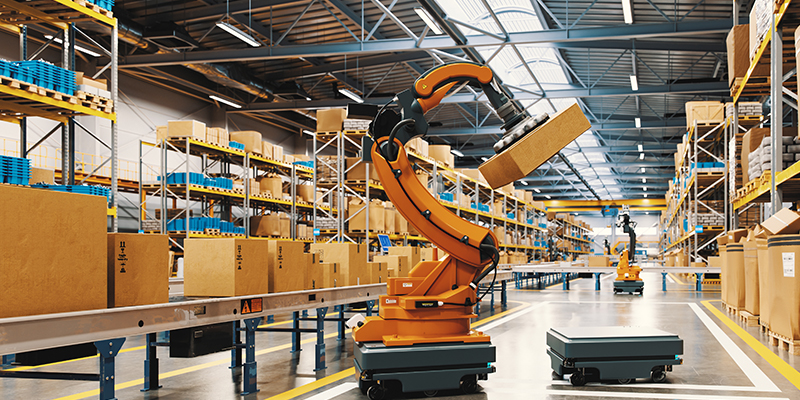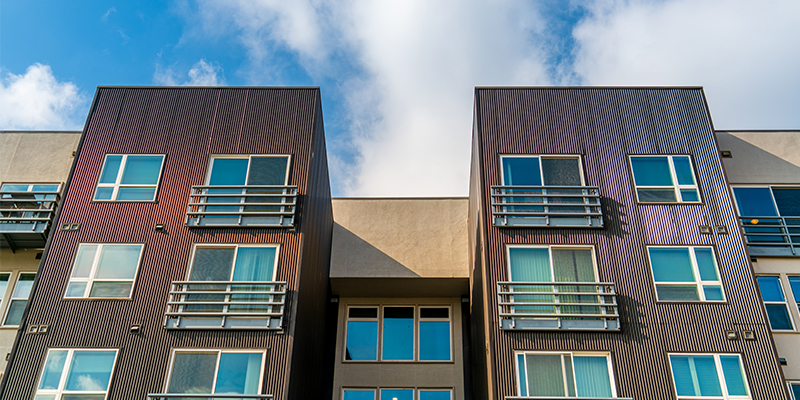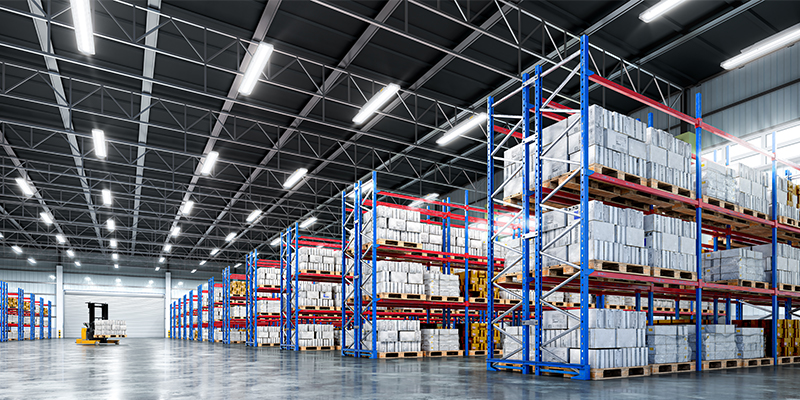By Kathryn Hamilton
As global trade routes evolve and supply chains adapt to new realities, East Coast ports are stepping into a more prominent role. At NAIOP’s I.CON East conference this week in Jersey City, New Jersey, logistics and port experts outlined how infrastructure investments, intermodal connectivity, and changing sourcing strategies are driving industrial growth along the Eastern Seaboard.
Amanda Ortiz, Americas director of industrial and retail research at CBRE, moderated a discussion with Stephanie Dominguez, assistant director of commercial development at the Port Authority of New York and New Jersey, and Tom Wyville, regional manager at the Georgia Ports Authority.
Dominguez emphasized three strategic priorities for the Port of New York and New Jersey: diversification, infrastructure and geographic reach. The port connects with 105 trading countries and manages 49 weekly container services. With 46 million consumers located within a four-hour radius – and up to 135 million accessible via intermodal transport – it remains a critical node in national and global logistics.
“The uncertainty that began during the pandemic hasn’t gone away – it’s become the new normal,” Dominguez said. “In logistics, we always need a Plan B, C or D.”
Wyville highlighted how the Port of Savannah’s growth was supercharged by the Panama Canal expansion over a decade ago. “Even though two-thirds of the U.S. population lives east of the Mississippi, most goods historically came through West Coast ports,” he said. “That’s changing – Savannah is now the third-largest U.S. gateway, behind only Los Angeles/Long Beach and New York/New Jersey.”
Sourcing shifts are the largest driver of port growth for Savannah, said Wyville. In 2019, most goods coming into the U.S. were from China, but those numbers have dropped in favor of sourcing from India, Vietnam and Thailand – all huge for East Coast port servicing since they can reach this side of the U.S. via the Panama or Suez canals. As a result, Savannah is growing.
“We are making investments to expand our terminals to fully containerized terminals. Right now, we service roughly 6 million twenty-foot equivalent units (TEU) each year. The expansion of our new Ocean Terminal adds 2 million TEUs by 2026 – that’s the equivalent of the entire capacity at the Port of Baltimore. By 2032, we’ll open another terminal to reach 12 million TEUs. We’re fortunate to have the land area to expand,” said Wyville.
Rodriguez joked that she was jealous of the Georgia Port Authority’s land mass, noting that the Port of New York/New Jersey is severely land constrained. “We have to be efficient with what we have,” she said, noting roads at the northern end of the port haven’t been replaced since the World War I era. The port has a master terminal development plan that envisions what it could look like in 10, 15 and 20 years, created through a collaboration with marine terminal operators and shared with the community.
“Ports have to grow in two phases: berth capacity to handle ships, and yard capacity to handle TEUs,” said Wyville. “You can’t grow one without the other. The Port of Savannah’s Garden City terminal is the largest single terminal in the western hemisphere at 1,400 acres and can work five 16,000-TEU ships concurrently. The port expanded an adjacent yard to handle TEU backup during the [COVID-19] pandemic, when chassis were at a premium and storage capacity was needed.”
“Customers are very focused on fluidity and visibility today,” he said. “They want in and out very quickly.” Savannah has six gates that handle 14,000 gate transactions daily between 4 a.m.-6 p.m. “Our average turn time is 50 minutes for a double move – dropping off and picking up a load, or vice versa. Our most important relationship is with the trucker; we do everything we can to make the experience as easy and seamless as possible,” he said.
Dominguez highlighted the growing demand for real-time performance metrics. “We’re in the data age. Everyone wants to know how long a truck turnaround takes or how fast goods move from ship to shelf,” she said. “While we only control what happens inside the port gates, it’s essential we collaborate with carriers, truckers and rail lines to improve overall efficiency.”
Both speakers agreed that a broader understanding of port operations is vital to appreciating the scale of investment and coordination required. “If you really want to understand what it takes to run an ocean terminal, take a port tour,” Wyville urged. “There’s no substitute for seeing it in action.”

This post is brought to you by JLL, the social media and conference blog sponsor of NAIOP’s I.CON East 2025. Learn more about JLL at www.us.jll.com or www.jll.ca.








